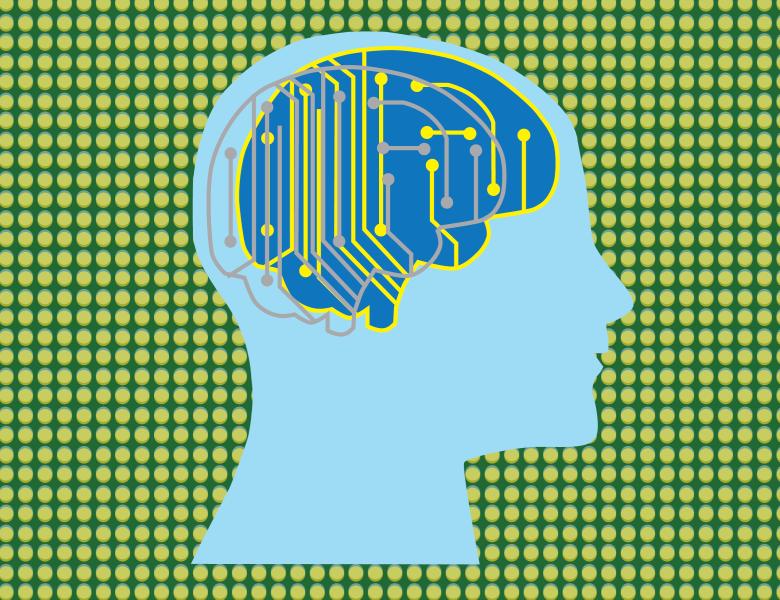
Abstract
The standard framework of hippocampal memory function states that CA3 serves as a Hopfield type auto-associative memory that stores patterns in its recurrent connections. Dentate gyrus orthogonalizes patterns and prepares them for storage in CA3. CA1 helps decoding patterns from CA3.
The CRISP theory recently proposed by Sen Cheng states that the main site of storage are not the recurrent connections in CA3 but the feed-forward connections to and from CA1. CA3 serves as a sequence generator to which memory sequences are associated.
I present here some simulation results that investigate the implications of the CRISP theory and support the idea that storage in feed-forward connections might have computational advantages over the standard view of storage in recurrent connections in CA3.


